[Note: posts are better read on a web browser… click on the green button above or the title of the post.]
After travelling around Sabah for a couple of weeks, we continued our Borneo island tour by spending five days in what is probably the most random country to which I've been to date: Brunei Darussalam!
I. Brunei
I will assume that most of you do not know much about Brunei, a small country surrounded by Malaysia on the northern coast of Borneo (because why would you?).
For some context on the country (feel free to skip ahead a few paragraphs if you're only here for the photos!), Brunei has a population of about 450,000 people and its claim to fame wealth is that it has punched well above its weight in global oil production for the last hundred years - in fact, more than half of the country's GDP comes from the petroleum sector. It's also one of the richest countries in the world in terms of GDP per capita and is one of the few absolute monarchies left in the world (the monarch being the sultan). Yes, that means that we've now been to the only two "sultanates" in the world on this trip!1
Just like the other sultanate that we visited (Oman), we got the sense that Bruneians have a great deal of respect and admiration for their ruler, though I'd hazard a guess that the intensity of that admiration isn't quite what Omanis feel for their previous sultan, who will forever carry a godlike status in that country.
Also, I can't help but feel like the wealth distribution in Brunei is not as...obvious...as it was in Oman. While I'm sure the Omani royal family has their own private reserves of billions of dollars just like that of the Bruneian royal family, what is really apparent in Oman is how much of those billions have been used to rapidly modernize and develop the country, as well as to ensure that nearly every Omani family has their own plot of land and a comfortable, modern home on said land. This is true to an extent in Brunei - the sultan has taken a portion of his outrageous oil money to ensure that Bruneians have free health care, decent roads, subsidized housing and education - but I'll be honest, I still have a hard time believing that it's one of the richest countries in the world (per capita)...looking around, it didn't feel much wealthier than Malaysia, nor did the locals seem to be living a more comfortable or affluent life than the average Malaysian. While it's commendable that the sultan has developed a strong social security network for Bruneians, I can't help but feel like this high wealth per capita should be more obvious given how relatively small the country and population is. Then again, the infrastructure is modern enough and the people seem happy so who am I to judge?
What I can't help but judge, however, is the Bruneian royal family's penchant for excessive luxury (which makes me wonder if the reason that the country's oil wealth isn't obvious when looking at how ordinary people live is because it gets channelled into building comically large palaces,* private jets and a US$5 billion+ car collection...).
*Here is what I mean by "comically large:"
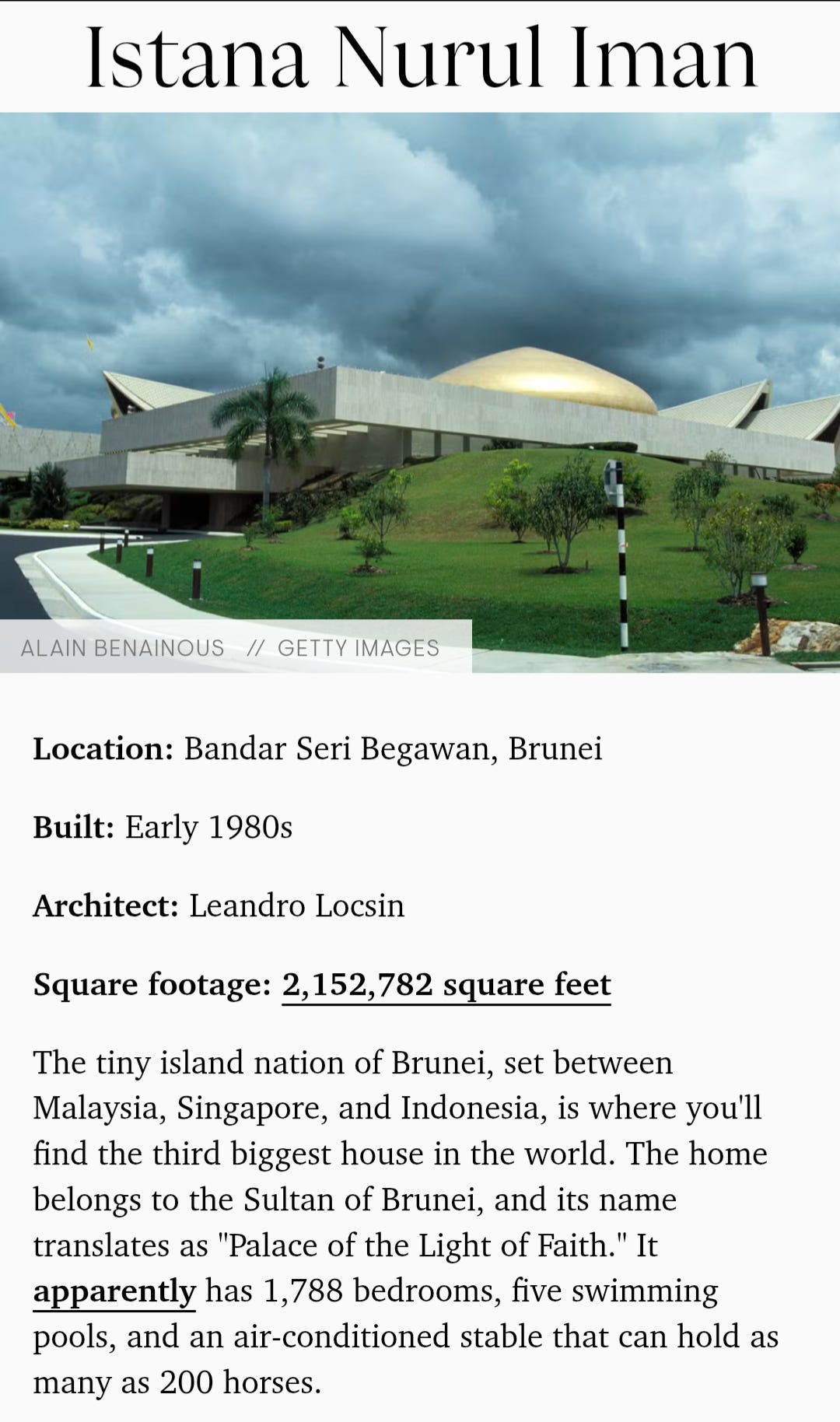
Other than being oil-rich, the other reason people might know of Brunei is that it received a bit of media attention about 10 years ago after the sultan announced that the country would adopt Sharia law, meaning that certain “offences” (e.g. homosexuality and adultery) could result in a death sentence.2 From what I can gather, no one has been executed in Brunei since the '50s but needless to say, this announcement caused much upset in the Western world and I'm guessing that there are a few more people who know about Brunei because of this controversy.
Personally, I knew a bit more about Brunei from a somewhat silly book I read last year called "Some Girls: My Life in a Harem," which is an American woman's real-life account of her year working as one of the seemingly hundreds of mistresses hired by the sultan's prince brother. High-quality literature this was not but it was a fun read and led me to learn more about the scandalous side of the Bruneian royal family, including the totally absurd sums of money that they have spent on cars, international properties, yachts, a private jet, an extraordinary art collection, etc. etc. (not to mention $250 million a year the prince spent on keeping a large private "harem" of prostitutes!). Further googling on the subject taught me that this same prince was also involved in a rather dramatic corruption scandal in the early 2000s after the sultan discovered that he'd been misappropriating billions of dollars of state funds for his own entertainment and business ventures, leading to a lengthy legal battle and the seizure of many of the prince's properties and assets. In a democratic country, this would obviously cause much stir amongst the public but given that the media in Brunei is state-controlled, I can’t help but wonder how much of this drama is common knowledge within the country itself.
Anyway, have I succeeded in making Brunei sound like a risqué travel destination? If so, let me put that idea to rest: it's definitely not! As I discovered when doing some travel planning, there's really not much to see or do as a tourist in Brunei, and so it's not surprising that the country only gets a few hundred thousand visitors a year (a low number compared to the Malaysian state of Sabah, which gets a few million tourists a year). But since we were in the neighbourhood and are curious people, we still wanted to check it for ourselves - and I'm glad we did. Even if there's not much going on in Brunei, it was still an interesting place to explore and a nice change of pace from Malaysia.
Now for the part you've all been waiting for... photos!
First, we spent 24 hours in a national park called Ulu Temburong, where we boated down a river, went hiking in the rainforest, and walked along a large canopy walkway that resembled construction scaffolding:
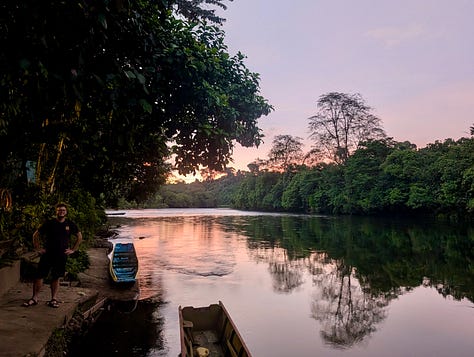
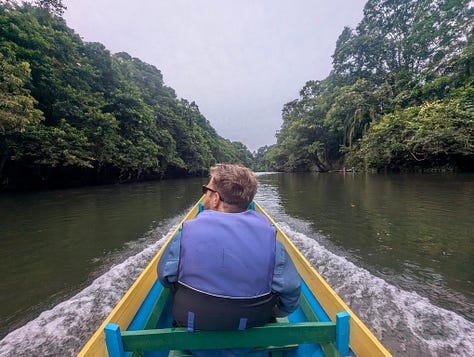

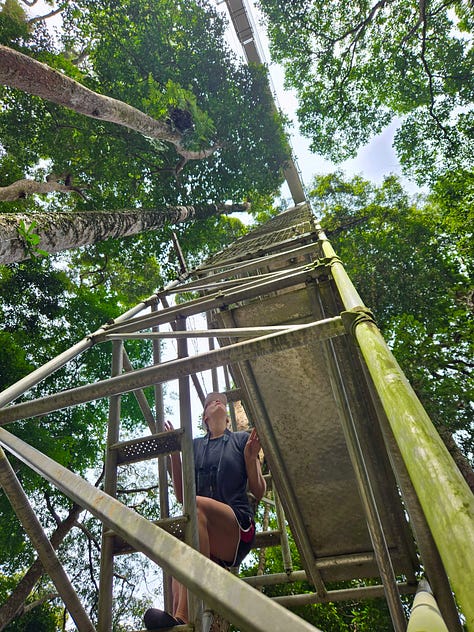
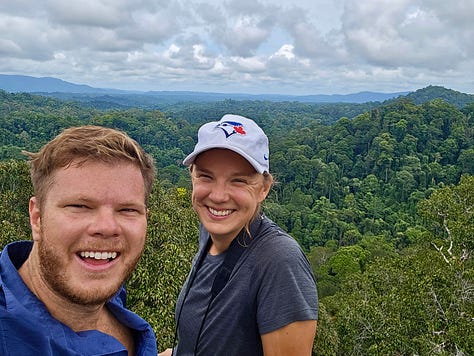
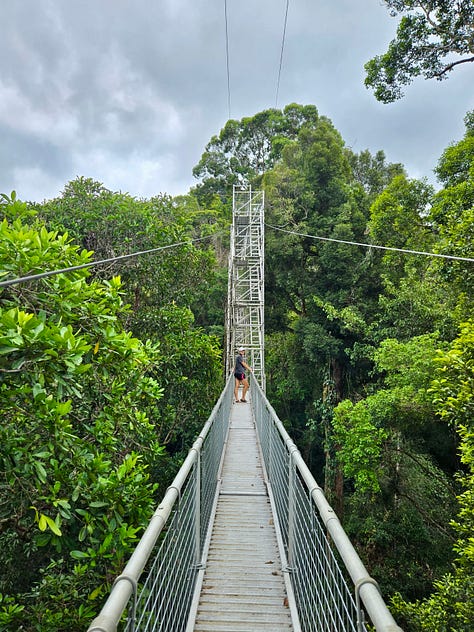
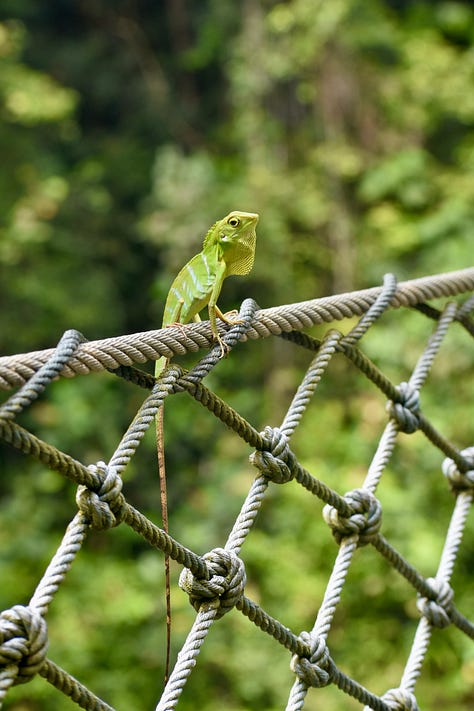
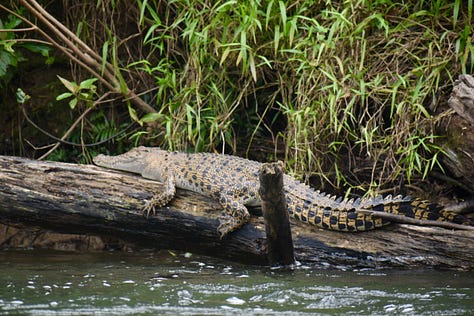
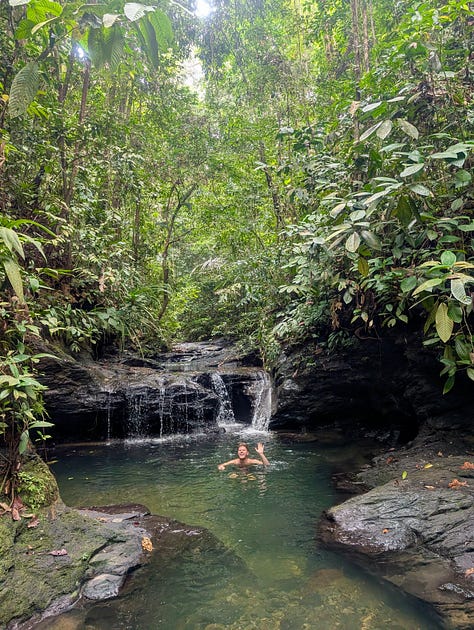
Our guide for these activities was Iban, an indigenous group native to Borneo that is renowned for its past headhunting practices. He was very patient in answering our many questions about Iban culture and after explaining the traditional hunting practices of the Iban, he proceeded to show us the modern day version: a blowpipe made out of PVC pipe! He then let us test it out ourselves and we took turns blowing wooden arrows at a dart board:
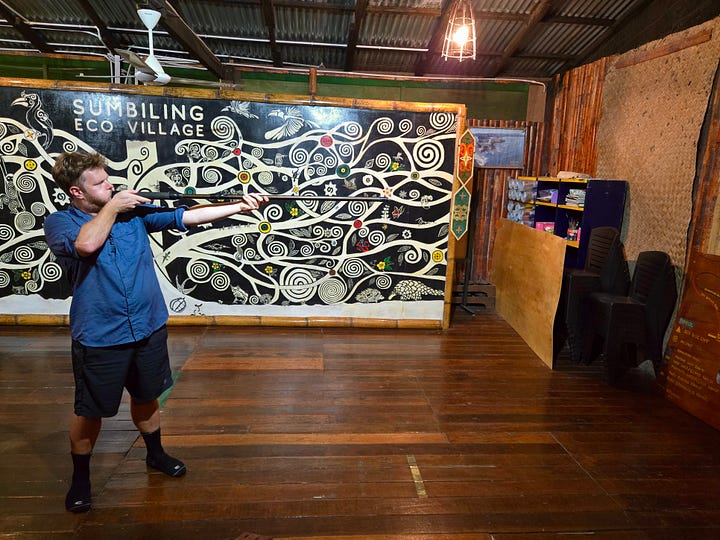
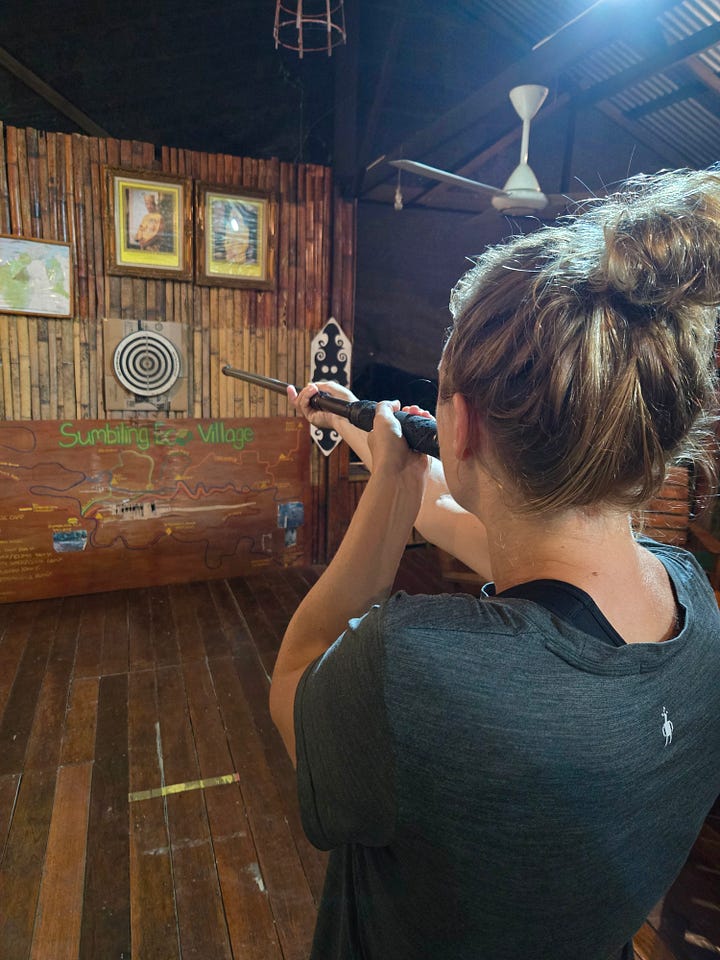
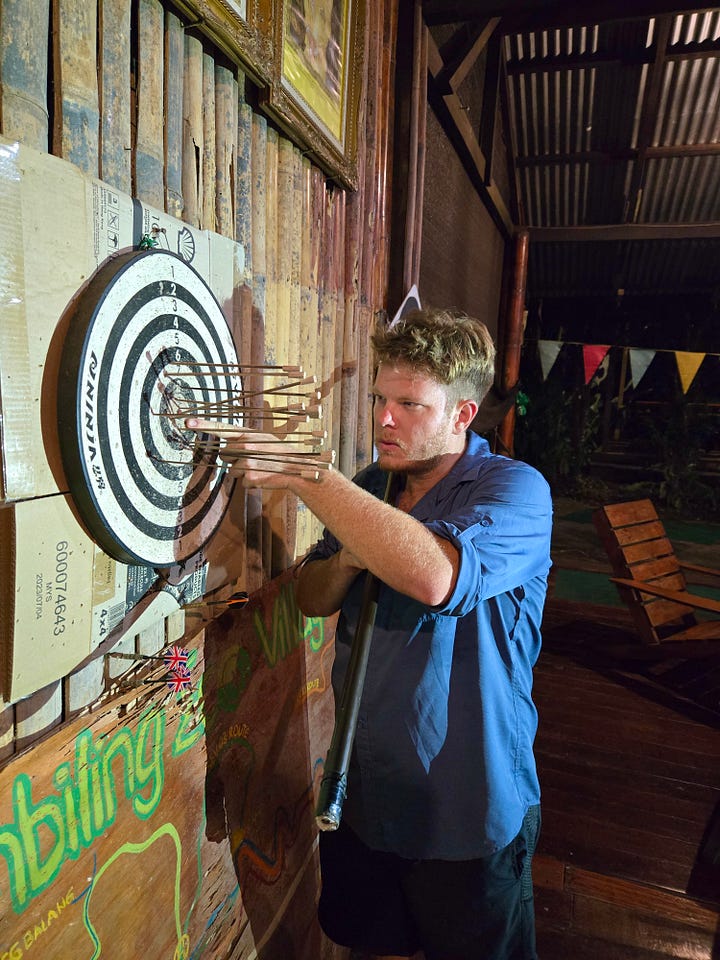
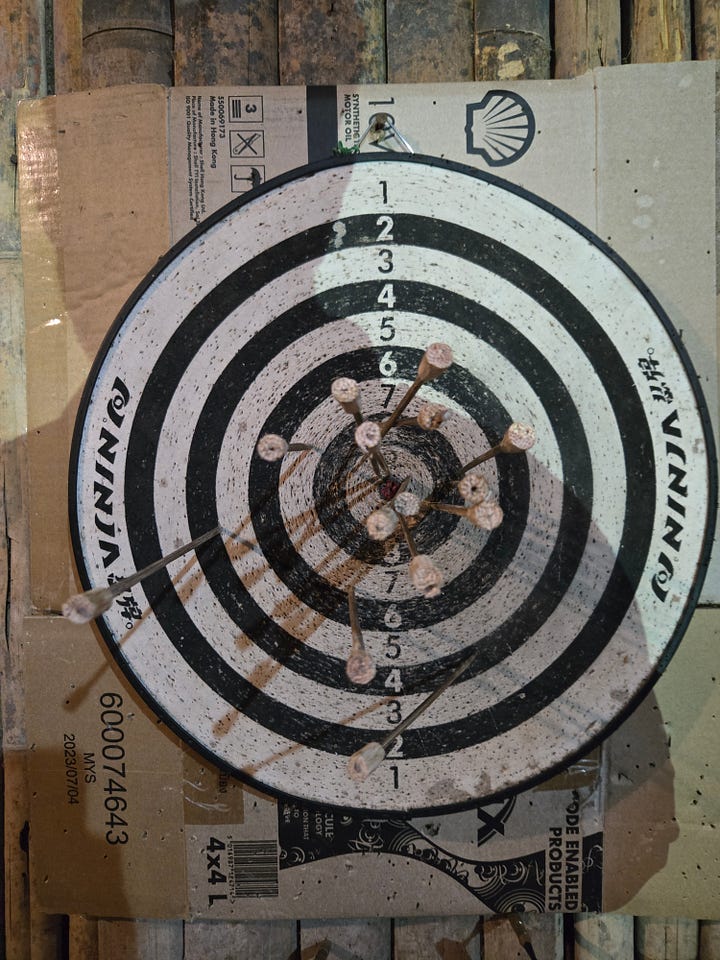
We also learned about how the Iban (and many other indigenous groups on Borneo) have traditionally lived in longhouses, and on our way back to Bandar Seri Begawan (Brunei's capital city where about 2/3 of the population lives), we made a quick stop to see what a modern day longhouse looks like:
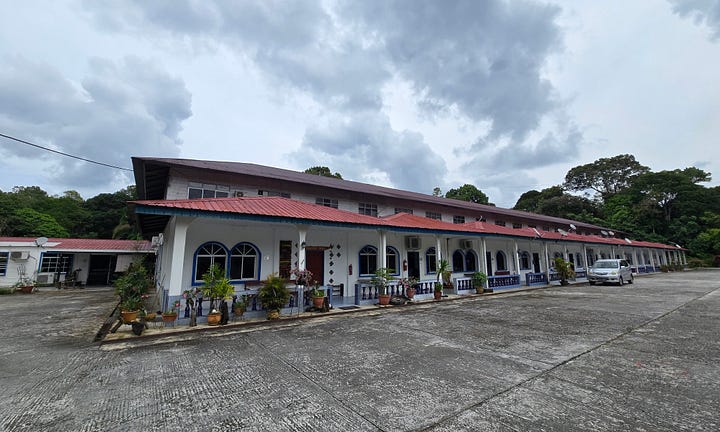

The rest of our time in Brunei was spent in and around the capital city of Bandar Seri Begawan (BSB). As it turns out, three days is ample time to explore BSB! Even after factoring in the stifling humidity that caused us to walk at a snail's pace and the fact that the entire city shuts down for a few hours every Friday for the afternoon prayer,3 we still managed to take in the main sights with time to spare! We explored the small downtown core, checked out some of the museums, visited the main mosque, explored some markets and malls, and walked along the waterfront:
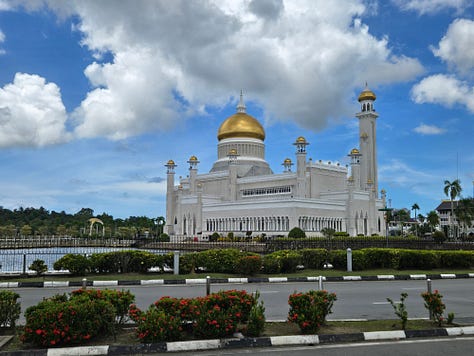
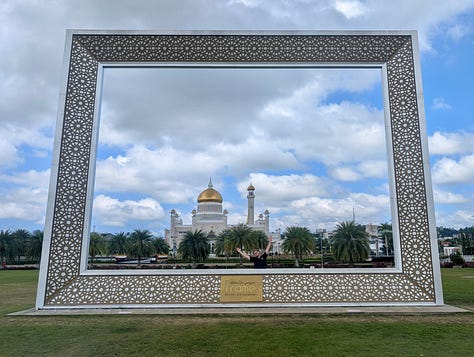
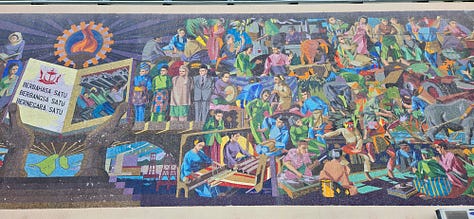

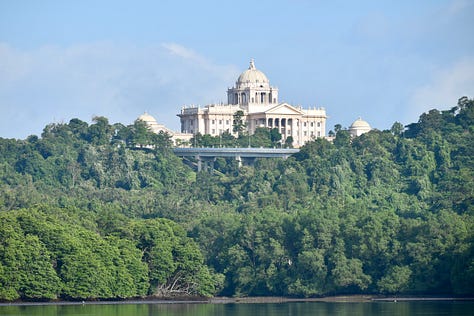
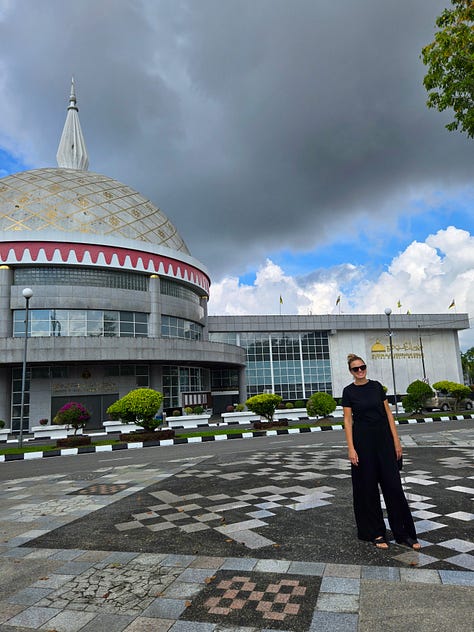
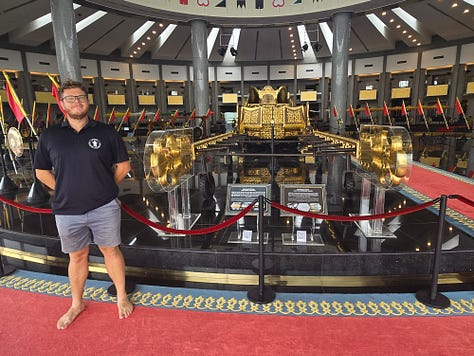


Interestingly, a large percentage of BSB consists of a water village, which is where approximately 13,000 people reside in stilt houses on the river. Unlike the sketchy DIY shacks and boardwalks that we saw in Sabah's water villages, many of these houses were quite modern and looked like they could actually withstand a storm or two:

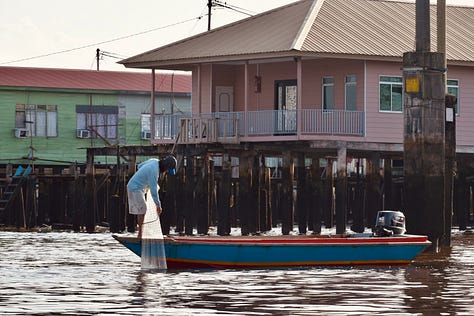
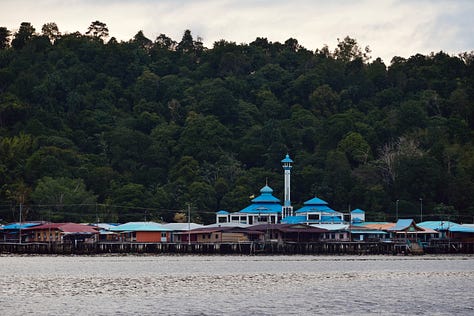

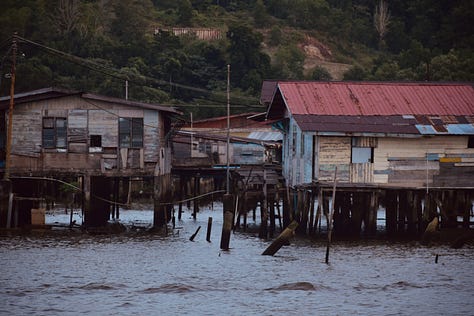
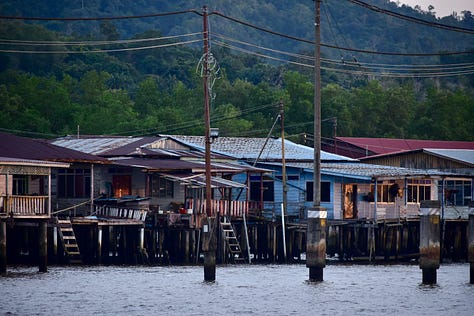
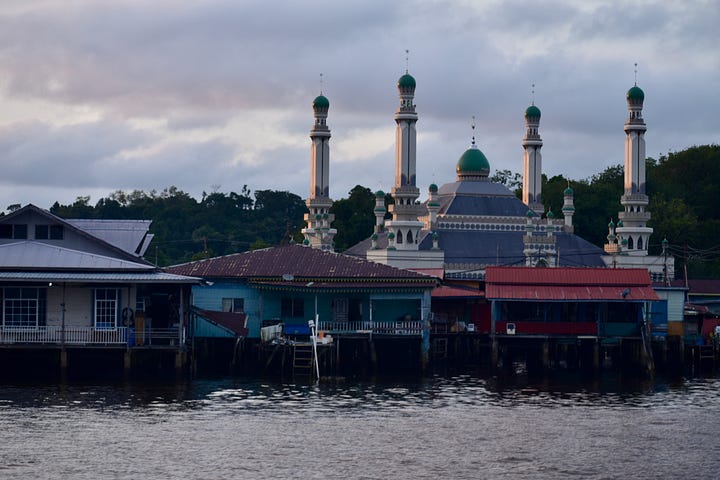
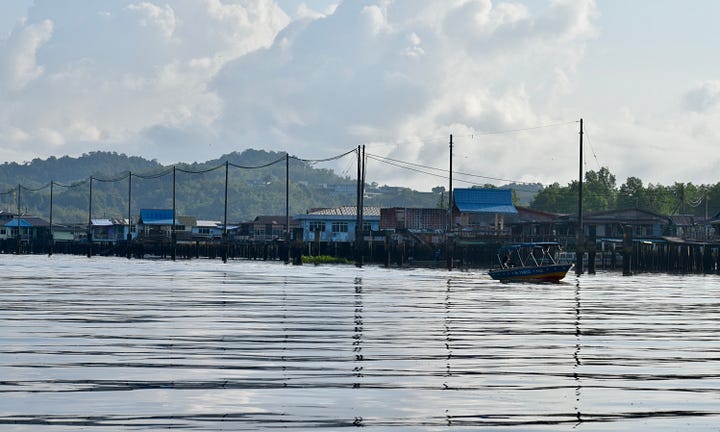
We got to see the village up close from not one but two boat trips that we took...in one day! First, we found a guy with a boat who took us up the river into the mangroves to look for proboscis monkeys, a wonderfully funny looking monkey species that is endemic to Borneo. We'd already seen some in Sabah but they were far away and we wanted to see those funny noses close up...mission accomplished!
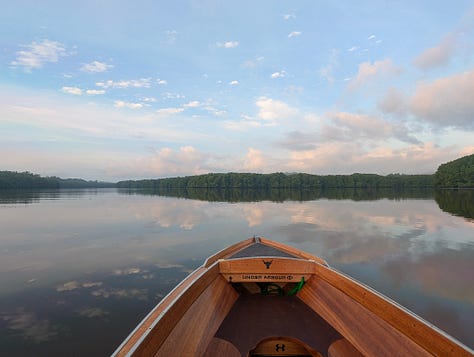
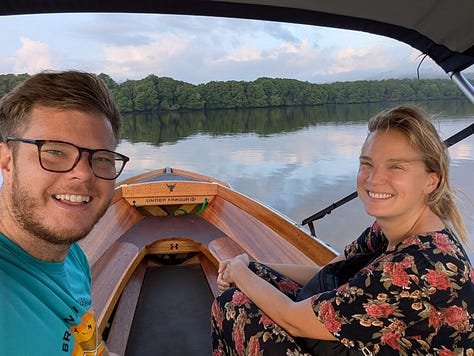
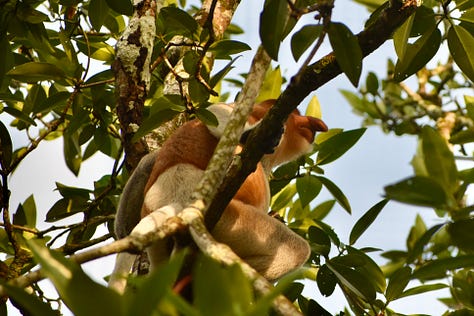


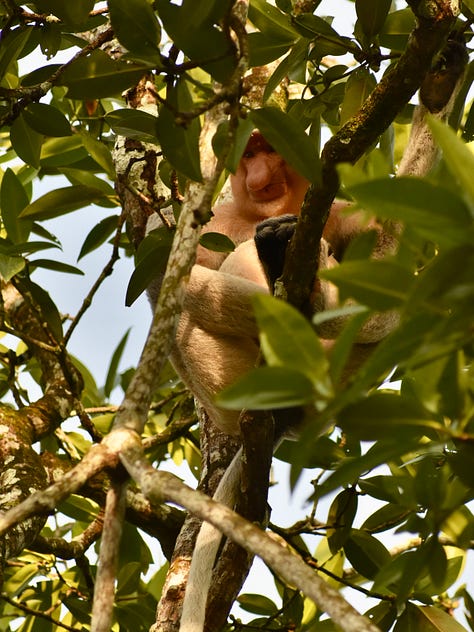
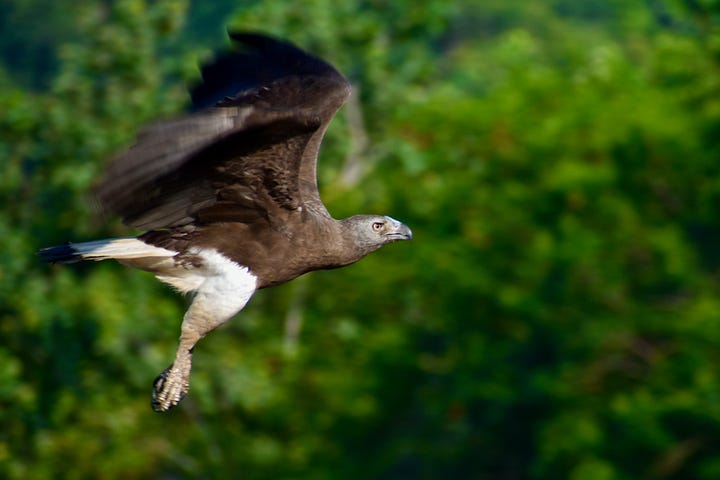

Later that day, we also took a sunset river cruise down the Brunei river, which was a nice way to see many of the sights from a different vantage point:
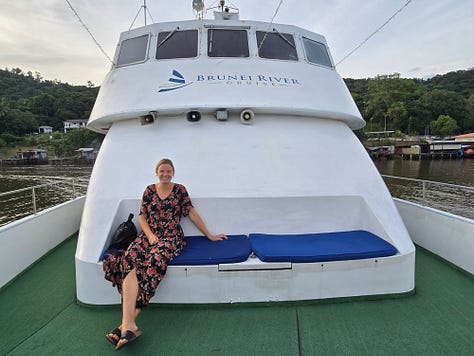
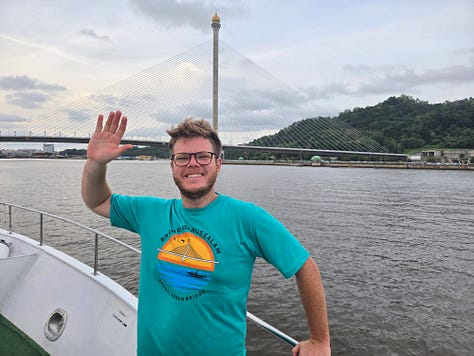
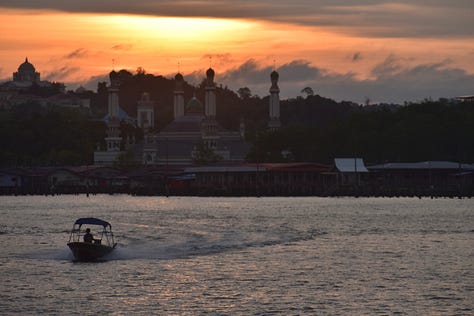
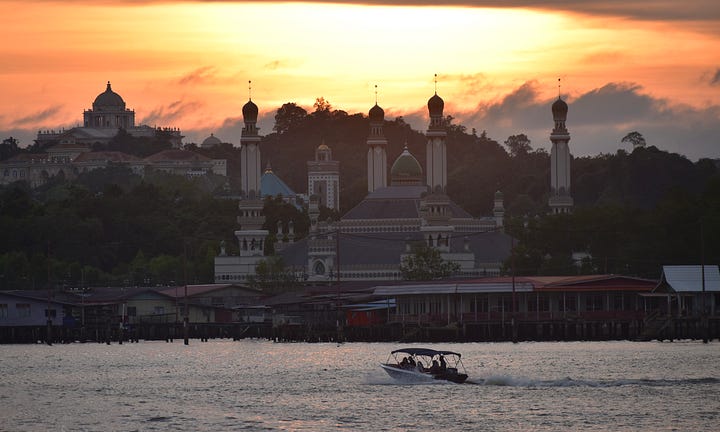
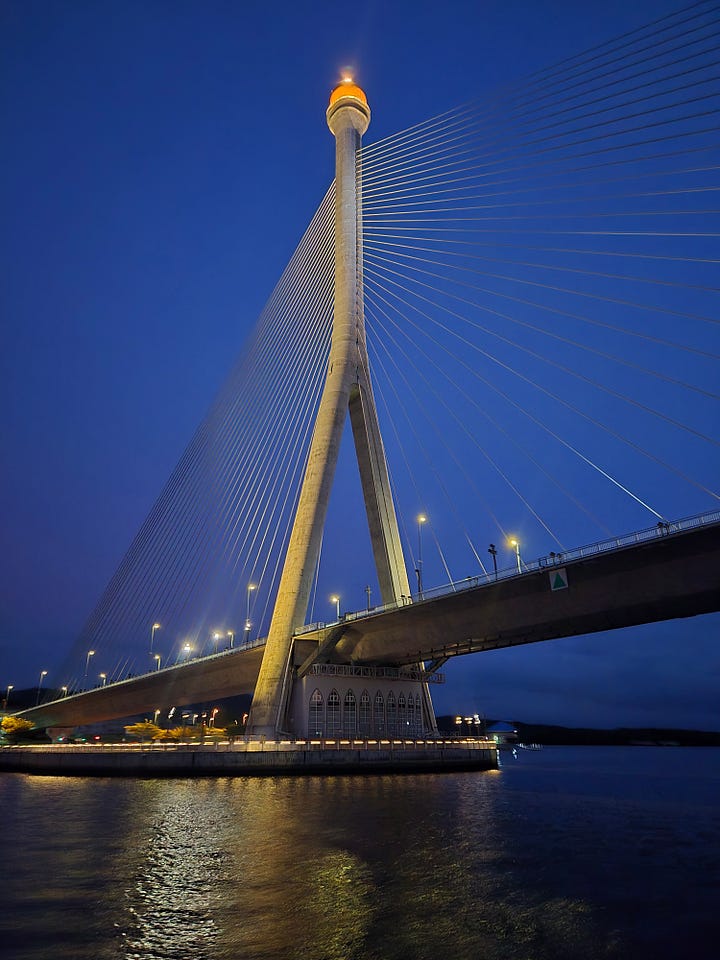
All in all, we had a nice and peaceful stay in Brunei Darussalam, which is fitting since "Darussalam" means "abode of peace"! ✌️
II. Back to Malaysia
After our brief stint in Brunei, we returned to Malaysia - this time to Sarawak, Malaysian Borneo's western state. We began our eight days in Sarawak in the remote town of Mulu, which is the gateway to Gunung Mulu National Park. This is a pretty remote, fly-in only part of the country and the reason for our visit was to go on what turned out to be one of the most intense day hikes that either of us has ever done!
The destination of this hike was a 1200m summit to see some striking limestone rock formations called the pinnacles. The trail to get to the top of this 1200m summit is only 2.4km long, which sounds like a breeze until you do the math...basically every metre we walked involved half a metre of climbing in hot, sticky, and stifling rainforest humidity. This climb also involved a lot of ropes and ladders and would definitely not be a realistic undertaking for anyone with a fear of heights!
After about four hours of climbing, we finally made it to the summit and got a view of the famous pinnacles:


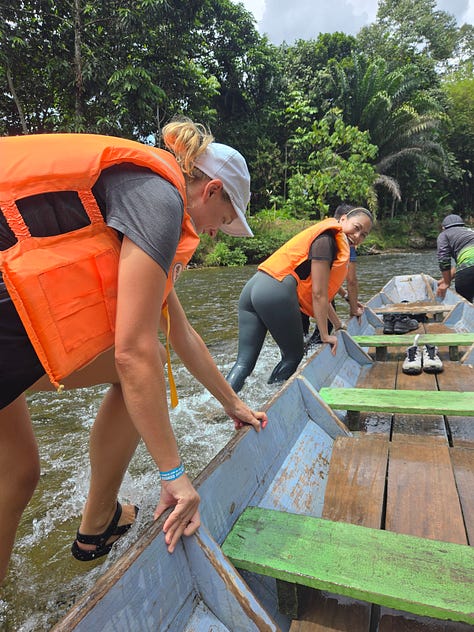
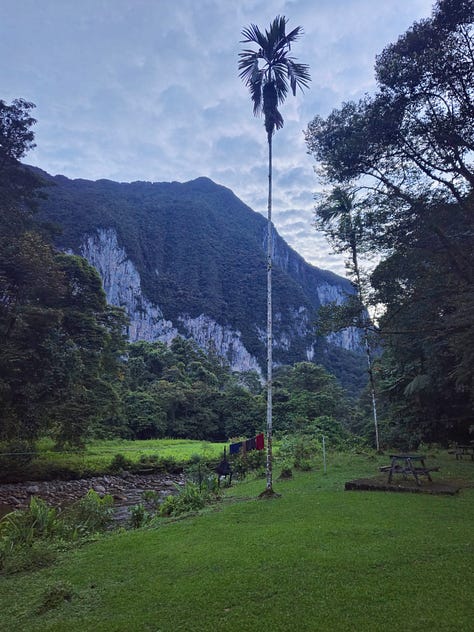


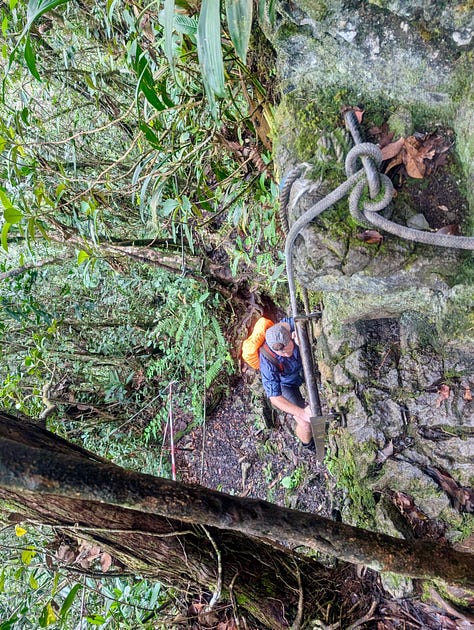

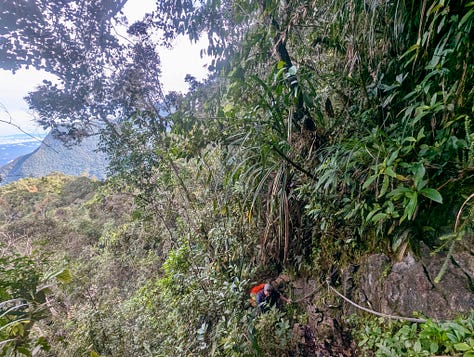
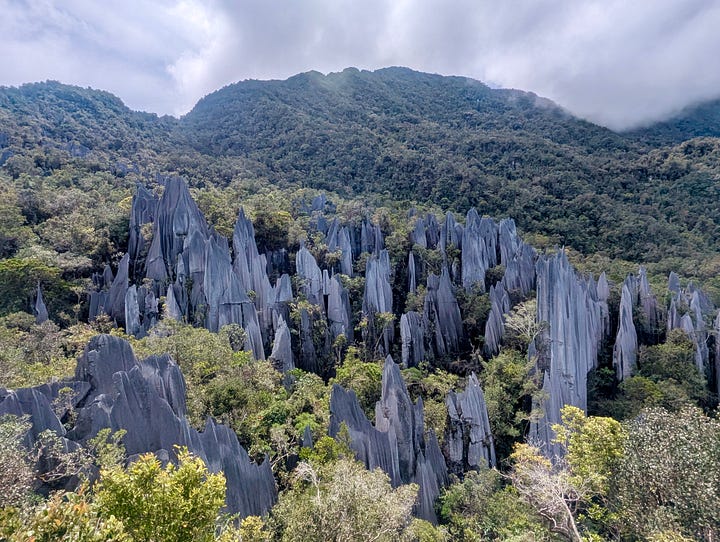
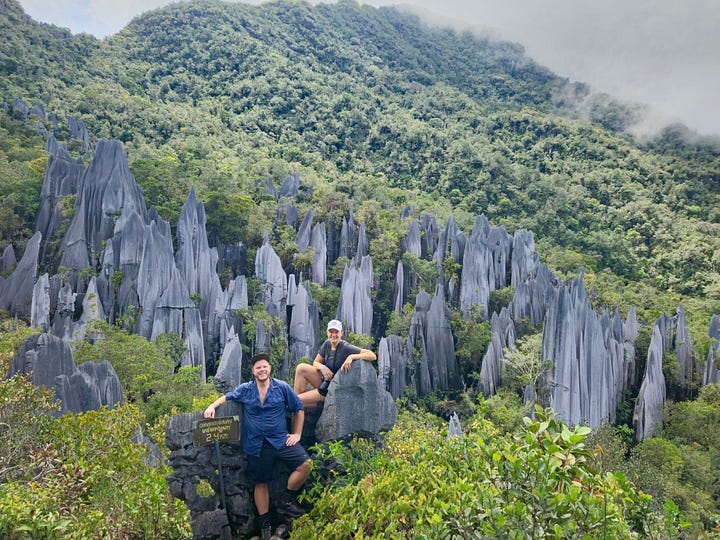
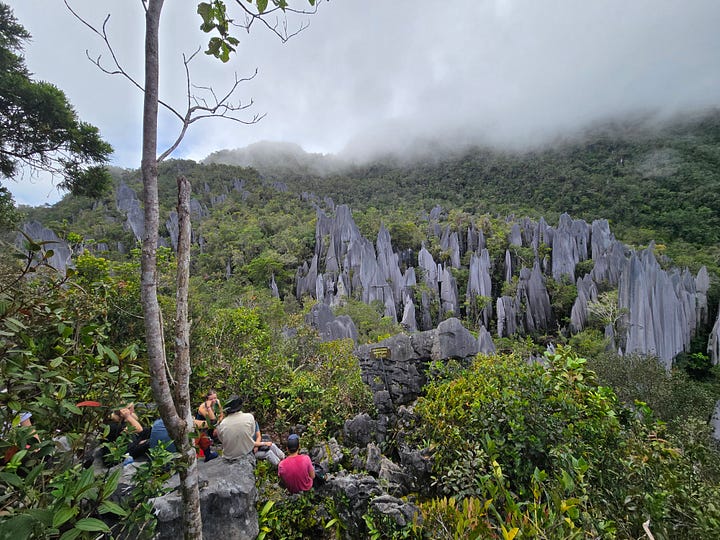
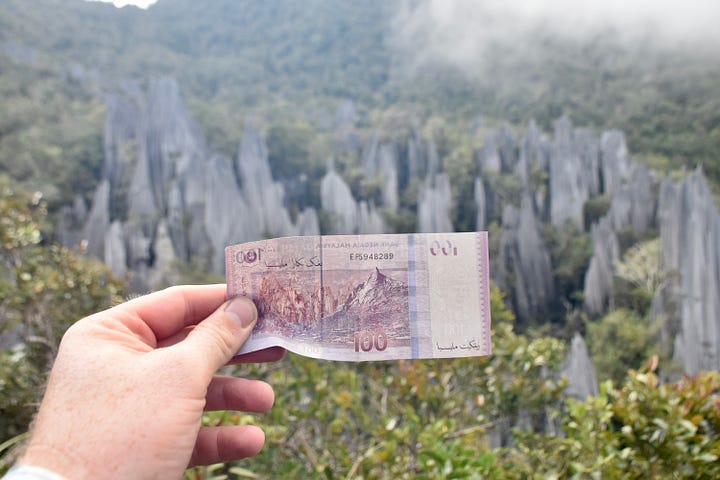
Then we had the fun task of returning down the same steep trail, in the rain, which made the rocks, mud and tree roots all so very slick and took about as long as it took us to climb up! While it felt like the longest day ever, I guess we made good time since many others didn't make it back to camp for another 3-5 hours!
Other than surviving this insane hike, we also got to witness a daily bat exodus at sunset, which is when millions of wrinkle lipped bats leave their cave to set out on their nightly escapades:
Finally, we finished off our four weeks on Borneo in a city called Kuching, the capital of Sarawak. Kuching definitely had a different feel from the cities we visited in Sabah - it seemed cleaner, more developed, and had more historic buildings and neighbourhoods (which I guess is a sign that it didn't get quite as decimated during WWII). We enjoyed wandering around the historic core, which was basically one big Chinatown (there is a large ethnic Chinese diaspora who immigrated to Kuching in the 1800s) and learned a bit more about Borneo's ethnic groups at the very impressive Borneo Cultures Museum.
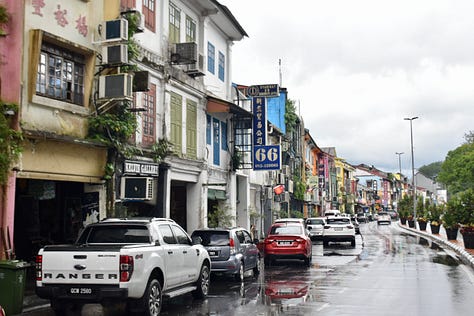
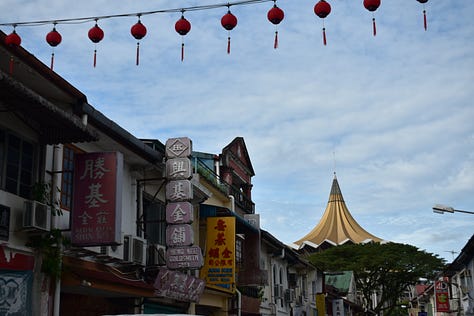
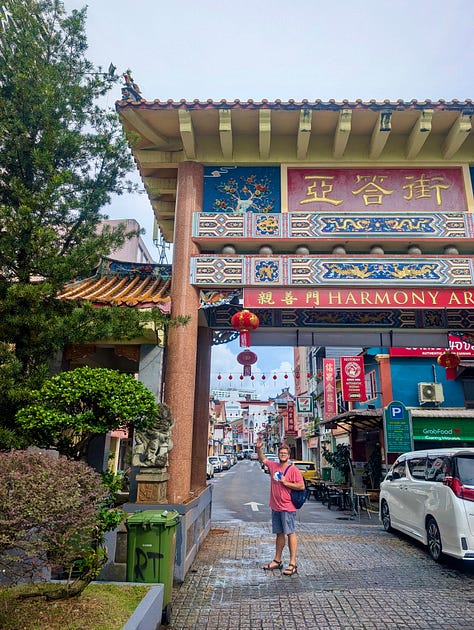
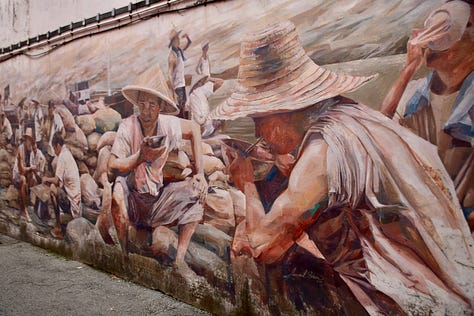
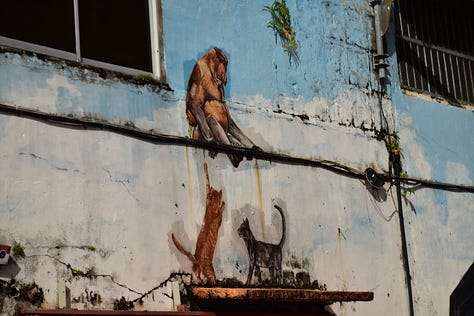
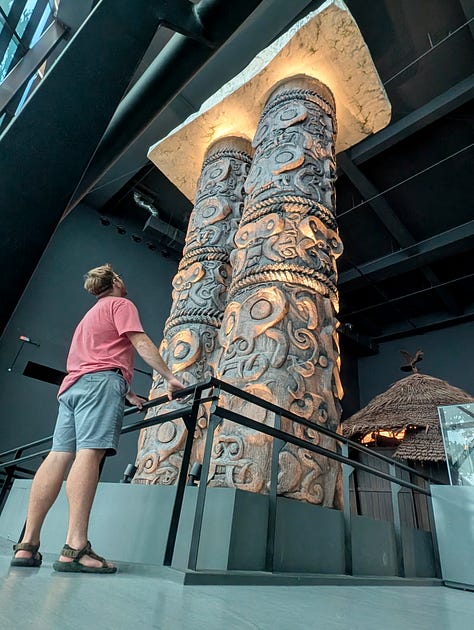
Overall, we had a great time exploring Borneo and feel like we got to see and experience a lot, even though as I write this I realize that we barely scratched the surface of the world's third largest island.4 And so, as is always the case when travelling, we've left Borneo with some great memories and a travel bucket list that has somehow grown even longer... funny how that happens!
Thanks for reading & hope you enjoyed!
Shannon
Google tells me that the only other countries that still have (sub-national) sultans are Malaysia and Indonesia, which are two other places that we've visited/are visiting on this trip - a random and amusing coincidence!
Also, as we were reminded when filling out our customs declaration, for bringing drugs into the country.
I'm still not sure whether this is a law or just a universally applied custom…
Funnily enough, before we seriously began planning this portion of our trip, we naively thought that we'd have time to go to the Indonesian side of Borneo as well...yeah right!!




Another awesome installment of your "big trip". I'm kind of speechless. Love the monkeys. Loved the video of the bats evening exodus. Loved that you experienced the river cruise two ways. And then the pinnacles. I'm sure it was impressive. I just couldn't imagine the climb....
Take care, travel safe. LUL
So interesting! What a neat place to visit. That hike sounds intense-- I giggled a bit when I saw the photo of you both by the pinnacles because this whole time I had only seen photos with no humans around them, thinking they were these absolutely MASSIVE pillars shooting into the sky.